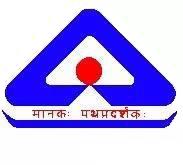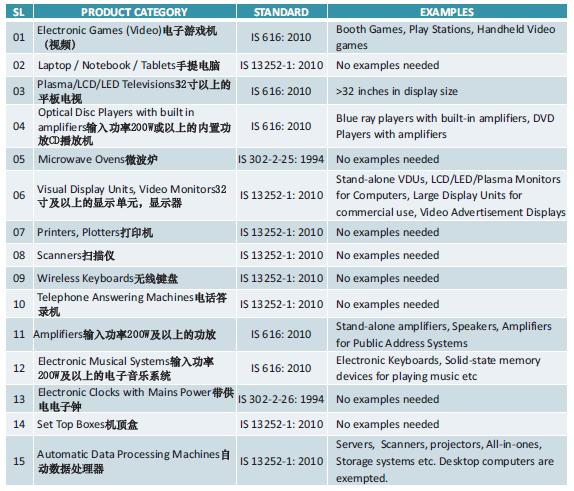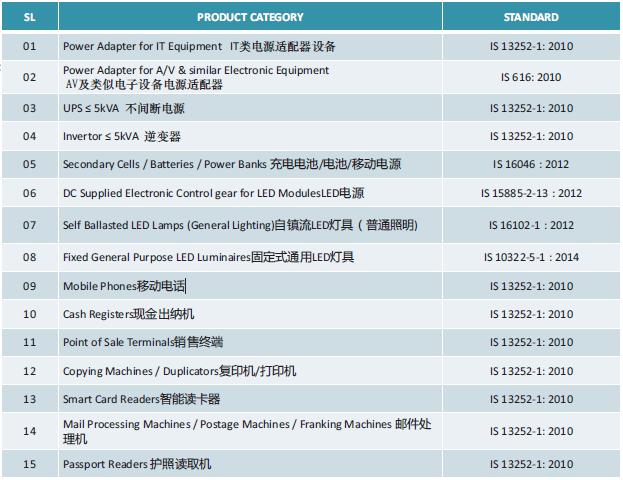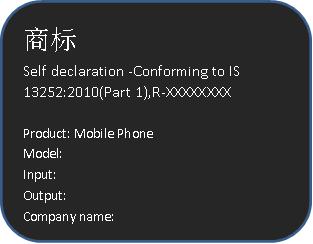Introduction to Indian BIS Certification
In order to harmonize product regulatory standards and requirements to ensure product quality and safety, the Indian product certification system was introduced in 1955. All products that are included in the compulsory certification must obtain product certification certificates in accordance with Indian product standards to enter the market. Therefore, it is necessary for manufacturers who want to enter the Indian market to have some knowledge of the Indian product certification system.
The Indian Product Certification Organization is responsible for product certification according to the Indian Parliament's Indian Standards Bureau Act of 1986 and the Indian Standards Agency(BIS). It is also the only product certification agency in India. BIS consists of 5 regional bureaus and 19 sub-bureaus. The regional bureau oversees the corresponding branch. The eight laboratories belonging to BIS and some independent laboratories are responsible for the inspection of samples taken during the product certification process. These laboratories are implemented in accordance with ISO/IEC 17025:1999.
Since BIS's predecessor, the Indian Standards Association, began product certification in 1955, Indian product certification has been 50 years old so far. At present, BIS has issued more than 30,000 product certification certificates, covering almost every industrial field such as agricultural products, textiles, and electronics.
BIS authentication logo

Indian Product Certification Process BIS Product Certification Certification Process
(1) application. Fill in the special application form and pay the application fee to the BIS branch office where the factory building is legally located. In addition to the special application form, the following documents must be submitted: 1. Factory Location and Factory Distribution Map; 2. Certification documents for production plants; 3. List of existing production equipment and inspection equipment; 4. The test inspection scheme being used or proposed for use, together with a letter of commitment to comply with the BIS approved test inspection scheme after the certificate is awarded; 5. Letter of undertaking to pay the specified fee from the date of award of the certificate; 6. To comply with all conditions for the award of a certificate and the letter of undertaking to suspend the use of the logo immediately upon the suspension or revocation of the certificate; 7. A flow chart describing the production and inspection steps; 8. Details of available technicians.
(2) records. After detailed examination, BIS will record the application and assign an application number to the applicant if the application is completed. The application is therefore established.
(3) the initial inspection. Through the evaluation of the company's production capacity and control level, quality control technology, existing equipment, staff skills, and sample testing, it is determined whether the product meets Indian standards.
(4) to issue certificates. If the initial inspection and sample test results meet the conditions, a certificate will be issued to the applicant. Certificate is valid for 2 years. If the certificate is correct, the application may be extended for two years at a time. If the licensee wishes to expand the range of products covered by the same standard of the certificate, after regular testing, the qualified person can change. If the certificate expires, the certificate can be updated within the validity period of the certificate.
(5) post-certification supervision. After the certificate is granted, if the certifying officer has fully performed the test inspection program, the product is consistent with the Indian standard, and the sample test record remains complete. The authorized Mark can be stamped on the product. Applicants are required to pay a certain fee for identification.
The BIS will conduct regular monitoring checks on the implementation of certificates by the holders. This kind of supervision and inspection mainly depends on whether the test and inspection plan is completely fulfilled and whether the quality control system is strictly implemented in accordance with technical standards. At the same time, test production samples and send the extracted samples to BIS or independent laboratories for inspection.
Actors are informed of the results of periodic inspections and product tests in an appropriate manner. In case of continued nonconformities, the use of marking on the product shall be suspended; If the periodic inspection and product testing are not in conformity with the requirements, especially the Indian standards, BIS will decide to suspend the use or directly revoke the holder's certificate as appropriate.
First list of mandatory products
The Ministry of Electronics and Information Technology of India, DeitY, issued the Electronic and Information Technology Products(Compulsory Registration Requirements) Ordinance. The Decree stipulates that from April 3, 2013, the following 15 types of home appliances and information technology products must be tested and registered at the BIS Authorized Laboratory; The word "self-declaration-meeting the IS standard" is marked on the product itself or on the overpack to enter the Indian market.

The second batch of mandatory product catalogues
The Ministry of Information Technology of India(DEITY) officially issued an announcement on November 7, 2014: "Electronic and Information Technology Products(Compulsory Registration Requirements) Order 2012" added 15 new types of controlled products. Including power adapters for IT and AV products, uninterruptible power supplies ≤ 5kVA, mobile power supplies, LED lights, mobile phones, photocopiers, cash registers, etc.(For detailed product information, please refer to the table below).
The notice stipulates the effective date of the mandatory registration requirement for new products:
00001. The implementation buffer period for secondary cells/battery/mobile power sources in portable equipment using alkaline or non-acidic cell fluids(item 20) is 9 months and will take effect on 7 August 2015;
00002. The remaining BIS mandatory registration implementation buffer period is 6 months from the announcement date and will take effect on 7 May 2015

BIS authentication process
1 & GT; Confirmation of contract
2 & GT; Disbursements
3 & GT; Submission of samples, information
4 & GT; Pretest
5 & GT; Submission of final samples, data to BIS Designated Agency
6 & GT; Final test
7 & GT; Reporting by designated agencies
8 & GT; Provide Report and BIS Registration Information
9 & GT; Complete registration, obtain registration number and certificate
Information for BIS Certification
1. Product specifications in English
2. Principle diagram and PCB diagram of the entire machine
3. CDF(according to the product, accept UL or CB certificates)
4. Principle diagram and PCB diagram of external power adapter
5. External power adapter CB Report and Certificate Note: Not accepted after May 7, mandatory BIS certification
6. Lithium batteries or pool core CB reports and certificates
7. Product nameplate
8. Detailed specifications for lithium batteries(including protective circuit schematics)
9. Provide variance statement, applicable for series applications
Note: The power cord needs to meet IS302-1, and the plug pin needs to meet IS1293.
matters needing attention
1 & GT; Category Application
No more than 10 models per report
2 & GT; nameplate

Need to join: Self Declation -- Consultation to IS(Standard no. ), R-xxxxxxxx
BIS certification requirements
Write the word Self registration above or below the trademark.
This sentence requires that the 12 font, if there is not enough space, be made into a quarter of the size of the trademark. The XXXXXXXX after R-indicates that it will obtain a BIS registration number. After the certificate is down, the 8-bit registration number will be filled in here.
Other content at least fill in the icon content. Anything else is optional. After filling in, if you apply for a series of multiple nameplates, you need to provide multiple nameplates drawings and physical items.
The manufacturer must have a representative office or agent in India.
The test must be conducted in India.
Test reports must be submitted within 90 days of application
The manufacturer must correct the non-compliance within 7 working days, otherwise the application will be rejected by BIS
Certificate is valid for two years
BIS certification cycle
Test cycle: 4-5 weeks
Registration cycle: 2-3 weeks